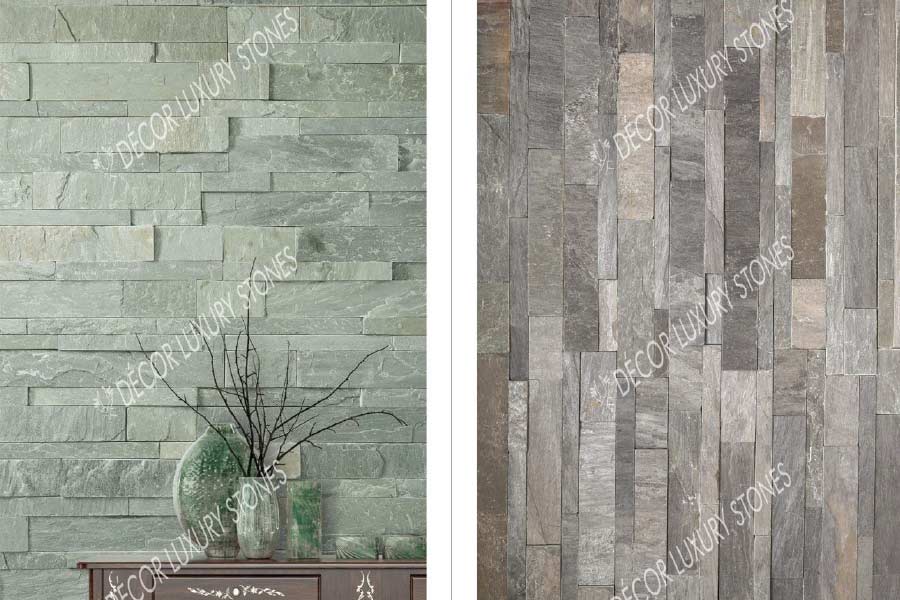The Evolution of Flooring: A Journey Through Centuries of Design
Have you ever wondered about the history of floors? Here, in this guide from Décor Luxury Stones No.1 natural and laminate stone suppliers in India, we travel across centuries tracing the evolution of flooring over millennia.
When you go shopping for flooring materials, you are likely to hear the words, "timeless," "traditional" and "classic." Can you believe that certain flooring materials have been around since ancient times? Stone, wood and even tiles have been around for centuries. The history of flooring materials is vibrant and exciting.
Let’s start from,
The First Floors laid by Man
The very first floors in history were probably the ground itself. During the time pre-historic men dwelt in caves, there were no separate floors. Instead, the soil on the ground was cleared and levelled, making it ideal for humans to roam barefoot. In some cases, the levelled ground was layered with straw or hay to soften the surface and to act as insulation during the bitter colds of winter. Later cured animal skin was used to provide some degree of insulation and padding.
Remember, this was the time when humans shared their dwelling with livestock – goats, sheep, cows, pigs and dogs. The waste of these animals would fall directly on the floor and men and livestock would walk over it to compress it into a solid surface. As a result, the ground was as hard as concrete.
There were several methods employed to compact floors. For instance, animal blood – usually pig's blood – was sprinkled on the floor to make it harden faster. In some parts of ancient Europe, mint leaves were used as a floor leavening agent to counteract the smell of animal blood and faeces.
Early North American Flooring
Indigenous tribes in North America poured copious quantities of sand inside their huts. They levelled the sand, to create a natural and rustic flooring. Over time, the sand would collect human and animal waste, thereby turning mucky. At this point, the entire sand inside the dwelling would be swept outside. It was replaced with a fresh layer of sand, creating a new soft flooring that was clean.
Another practice in North America was to disburse a layer of sunflower seed or peanut shells across the floor. As these shells were walked over, they would secrete oils that harden the floor.
Early European Flooring
During the reign of the mighty Roman Empire, there were several innovations made in the art of flooring. Roman architects designed an ingenious system of floors that were heated from below. This system had two-floor layers. The upper layers were made of large tiles that were joisted up, creating a gap between the top and bottom layer.
The heat from a burning furnace passed between the two layers, thereby providing sufficient warmth during winters. You can also see this system of heated floors in parts of Asia like Korea and Japan.
It was during the Roman Empire, mosaic flooring and intricate Byzantium flooring was introduced. However, these practices lost favour after the fall of the Roman Empire.
Natural Stone Flooring in Egypt and the Middle East
The Egyptians started constructions using stone over 5000 years ago. The pyramids at Giza have some of the oldest natural stone floorings in the world. These floors stand unfazed even today, thereby proving the extreme resilience of natural stone.
Besides the ancient Egyptians, Greeks also used natural stones for flooring. They created beautiful mosaic floors using small rounded pebbles. It was the Greeks who introduced the art of marble flooring. This light-coloured stone is renowned for its translucence and beauty.
Ancient Indian Floors
In the Indian subcontinent, dirt floors were made pretty with the use of colourful decorative sands. The sands were mixed with flower petals and rice powder and arranged in intricate patterns and designs on floors. This art form later evolved into rangoli, the famous art form that is even practised today.
The Growth of Modern Flooring
Modern flooring materials and practices gained momentum in the early 20th century. Linoleum was introduced in England in 1860. However, it was not used for flooring until the 20th century.
During the industrial revolution, modern materials like rubber, laminate, plastic and textiles were used for flooring. It was during the mid-1950s that the flooring market exploded with options – tiles, linoleum and laminate were some of the best-selling options.
Laminate Flooring – Revolutionising the Market for Decades
It was the year 1977 when the idea for laminate floors was first introduced. The product was available in the market by 1979. The biggest selling point of laminate flooring at that time was that it was highly resilient – making it an ideal choice for both residences and commercial environments.
With massive advancements in the industry, today laminate floors closely resemble traditional hardwood floors. If you are looking for flooring that resembles wood but is of low maintenance and doesn't pinch your pocket, then laminate flooring is the best choice.
What Floors are Popular Today?
Today, there are multiple options when it comes to flooring materials in India. From natural stones to laminates, vinyl to tiles – there are plenty of options that cater to different preferences and budgets.
If you are confused on the right flooring materials to choose for various areas in your home, get in touch with our expert sales agents. As leading suppliers of flooring materials and luxury walling collection, we can help you pick the perfect material for your interiors. Connect with us to add elegance and sophistication to your interiors without breaking the bank.





